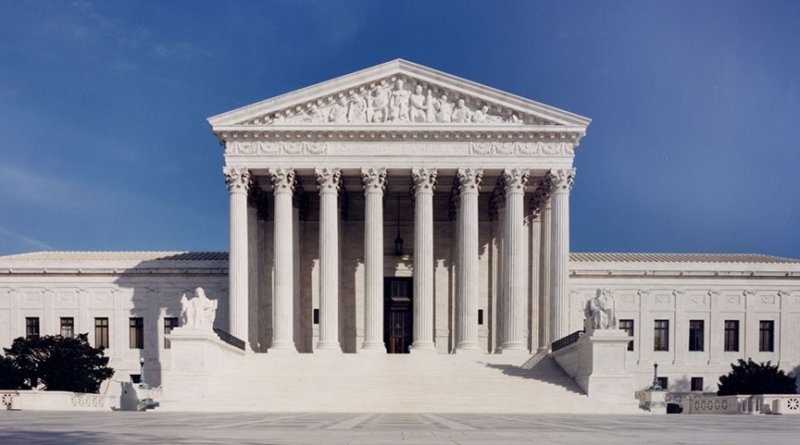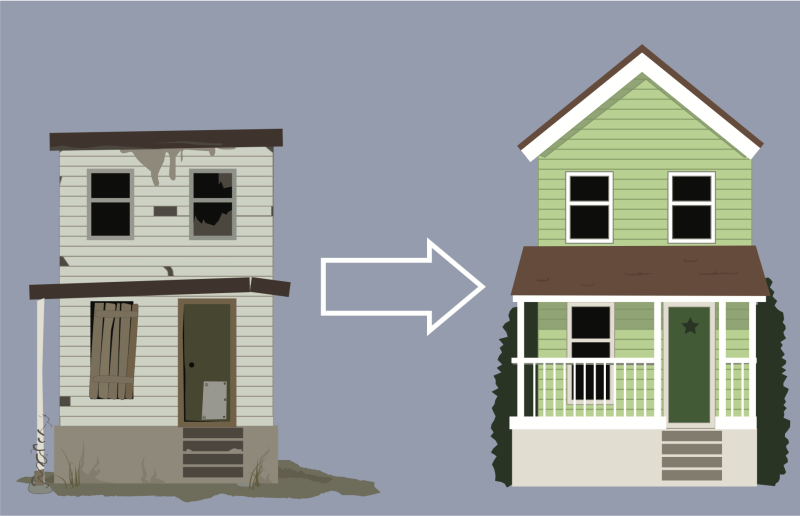
State of Housing In Black America Report Reveals Persistent Barriers

Inadequate supply of homes, discriminatory practices, and economic disparities continue to hinder Black homeownership.
A 2023 State of Housing in Black America found despite low Black unemployment and higher labor force participation there are still barriers to homeownership.
The National Association of Real Estate Brokers (NAREB) report found that an inadequate supply of new homes significantly contributes to the growing housing crisis, particularly for potential Black buyers. Housing demand outpaces new home construction by roughly 100,000 units annually, creating the largest housing shortfall in nearly half a century and the lack of housing stock contributes to sustained high prices despite high-interest rates.
“Housing inventories must be increased across the country,” NAREB President Courtney Johnson Rose said. “Families can’t buy homes if they aren’t available or if the market is so tight that prices are artificially high. Clearly, there is a connection between the lack of inventory and the inability to increase Black homeownership substantially. It’s time for key components of the housing finance industry, such as Fannie Mae and Freddie Mac, to facilitate new home construction or even rehabilitation of existing homes.”
The most recent data available from the 2022 Home Mortgage Disclosure Act (HMDA), found the Black homeownership rate was 45% in 2022, nearly 30% lower than White households, with a wider gap than 50 years ago. The report also determined that the Black-White wealth gap is so expansive that the 400 wealthiest Americans control the same amount of wealth as the 48 million Blacks living in the United States.
Rose said that significant barriers to increasing Black homeownership exist in communities around the country, including lower wealth and median incomes, unfavorable housing market conditions, and institutional bias within the housing finance system.
“Narrowing the Black-White racial gaps in homeownership and wealth will require strong action at the federal level,” said Rose, acknowledging that under President Biden, the government has taken steps in the right direction. “Federal government policies contributed to these racial gaps, and now the government must invest in fixing them so that the idea of a fair and just America can exist for all our citizens.”
Among the findings in the report are that:
- Black applicants had a 21% mortgage loan denial rate at traditional banks compared to 8% among White applicants. At independent mortgage companies, Black denial rates were slightly lower at 15% compared to 6% for Whites.
- Changes to Fannie Mae and Freddie Mac pricing grids and movement toward more accurate and reliable credit scoring models are steps forward. However, major gains in Black homeownership will require additional housing market interventions.
- Housing affordability is a challenge for Black homeownership. The 30-year fixed rate mortgage surpassed 7% in November of 2022, compared to a rate of less than half that (2.98%) twelve months earlier. Soaring mortgage interest rates were a response to rapid interest rate increases by the Federal Reserve Board in its efforts to lower inflation.
- Affordability fell steeply starting in the second quarter of 2022. By the fourth quarter, only 38% percent of new and existing homes sold were affordable to families with an annual income of $90,000. This placed the median-priced new and existing home far out of reach for many Blacks, whose median household income is $52,860.
- Investor home purchases accelerated during the 2020-2021 pandemic. By the first quarter of 2022, investor purchases of single-family homes peaked at 28% of market share. As of the first quarter of 2023, investors accounted for about 27% of single-family home purchases.
- Investor home purchases negatively impact the affordability and supply of homes for sale, particularly for lower-income households. Investors outbid typical homebuyers and pay cash for houses that don’t require inspections or appraisals. Many investor-owned single-family homes are transformed into rental housing, removing it from the owner-occupied stock.
- A large proportion of home mortgages to Black borrowers continue to be made in census tracts vulnerable to the effects of climate change. As climate-related severe weather increases in the coming decades, Black homeowners and renters in vulnerable areas will be the hardest hit and face billions of dollars of losses.
The report called for reforming the nation’s housing finance system and including components to rehabilitate and produce housing stock. An efficient housing rehabilitation program could save 107,000 homes annually from obsolescence.
It also called for a reconfigured housing finance system to encourage responsible, safe, and sound financial innovation, such as requiring a restructured Fannie Mae and Freddie Mac to form partnerships with the nation’s largest financial institutions to enhance the promising special-purpose credit programs the banks launched to increase Black homeownership.
One of the recommendations from the report was to expand HUD's Section 184 program, which offers down payments of 1.25% and 2.25% with no minimum credit score to provide homeownership opportunities to Native Americans
and Alaskan Native households, tribes, or housing entities, to Blacks too.
"The rationale for extending the program to Blacks is obvious; Black households have extremely low levels of homeownership and wealth as a direct result of decades of discriminatory practices that were institutionalized and mandated by federal agencies," according to the report.




